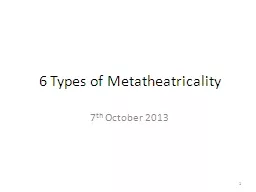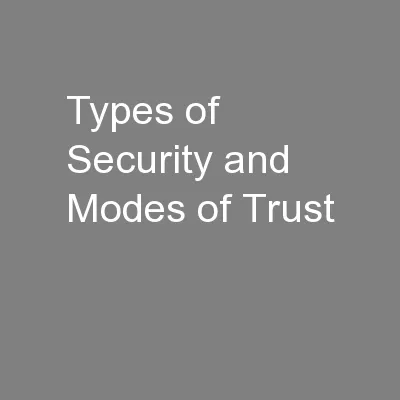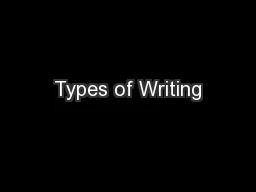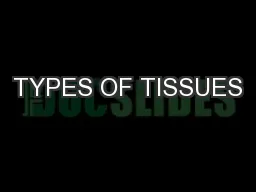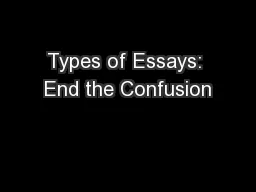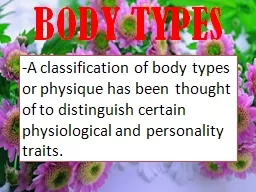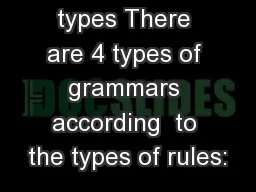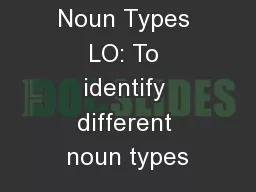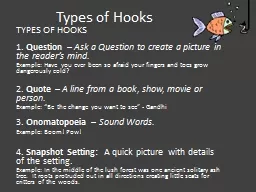PPT-6 Types of
Author : giovanna-bartolotta | Published Date : 2016-05-02
Metatheatricality 7 th October 2013 1 Lionel Abel Metatheatre 1963 Some of the plays I refer to in this book can be classified as instances of the playwithinaplay
Presentation Embed Code
Download Presentation
Download Presentation The PPT/PDF document "6 Types of" is the property of its rightful owner. Permission is granted to download and print the materials on this website for personal, non-commercial use only, and to display it on your personal computer provided you do not modify the materials and that you retain all copyright notices contained in the materials. By downloading content from our website, you accept the terms of this agreement.
6 Types of: Transcript
Download Rules Of Document
"6 Types of"The content belongs to its owner. You may download and print it for personal use, without modification, and keep all copyright notices. By downloading, you agree to these terms.
Related Documents

